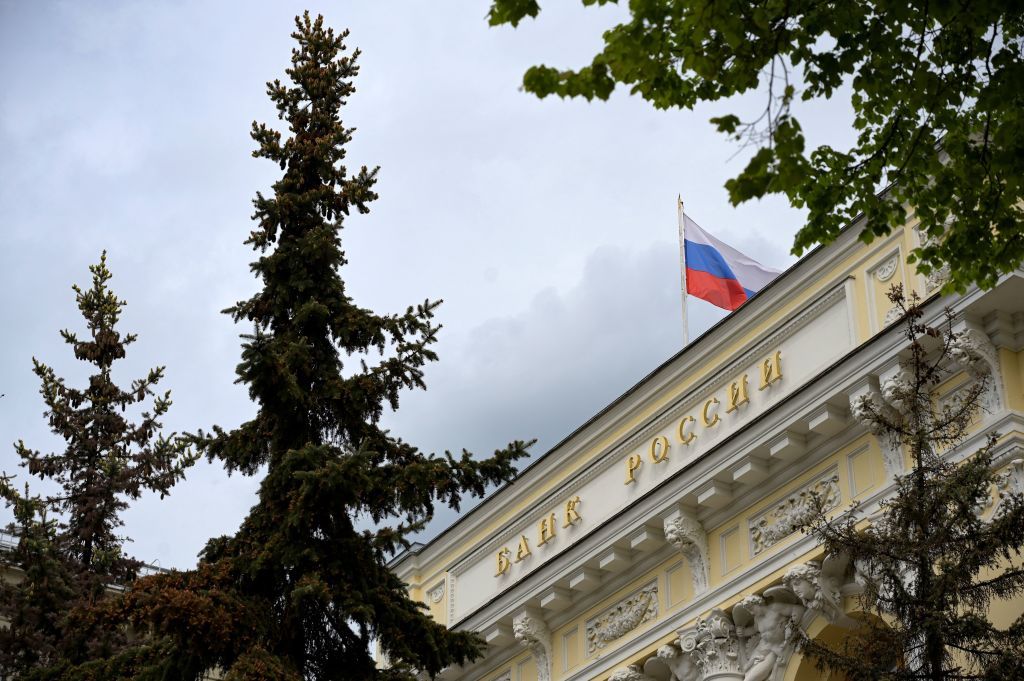The issue of using frozen Russian assets for Ukraine has generated a lot of discussion and debate. Currently, there are around $320 billion in Russian central bank assets immobilized in Western jurisdictions, with an additional $80 billion coming from oligarchs. Despite these significant amounts, there has been opposition to seizing and allocating these funds to Ukraine. Concerns include the legal basis for such actions, sovereign immunity defenses, impact on the rule of law, reserve currencies, and potential retaliation from Russia.
However, many of these arguments are considered weak in comparison to the urgency of supporting Ukraine in its war efforts. Some suggest that Russia’s sovereign immunity should be forfeited due to its non-compliance with international law, and if necessary laws don’t exist, they should be legislated. Others argue that using immobilized assets for Ukraine would send a strong message to other authoritarian regimes to adhere to international law. Additionally, the amount of Russian funds in the West far exceeds Western assets in Russia, indicating a need to prioritize national security over business interests.
Various alternative solutions have been proposed, such as using the interest from frozen assets for Ukraine, collateralizing bonds, or lending assets until a reparations deal is reached. However, the speed at which these solutions can be implemented remains a concern, especially considering the immediate financial and military needs of Ukraine. Failing to access immobilized Russian assets could have dire consequences for Ukraine and the West, including increased defense spending, regional instability, and a collapse of the euro if Russia prevails in Ukraine.
Ultimately, the allocation of frozen Russian assets to Ukraine is seen as inevitable, similar to past military aid provided to Ukraine. Western decision-makers may delay taking action, but the necessity of supporting Ukraine in its fight against Russia will override other considerations. The lack of clear leadership and understanding of the risks posed by Russia are highlighted as key obstacles in effectively addressing the situation. Despite the complexities and challenges involved, prioritizing Ukraine’s needs and utilizing available resources, including frozen assets, will be crucial in ensuring its survival and the stability of the region.


